
views
Making the Hydrometer
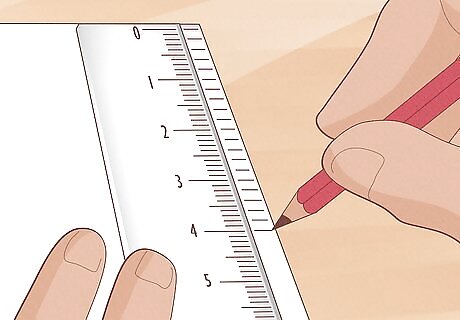
Mark your intervals. Use a pencil to mark down the edge of a piece of paper. You should have a mark every 2 millimetres (0.079 in). You will need to use a ruler to accurately measure out 2 millimetres (0.079 in). Make enough marks to be roughly the length of your index finger.
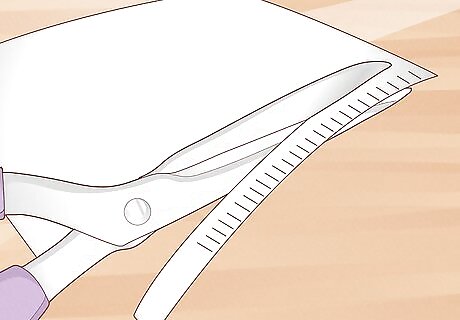
Cut a strip from the paper. Cut the side of the paper that you marked on into a long, thin strip. This will allow you to slide the paper into a piece of glass tubing. The tubing should be open on both ends.
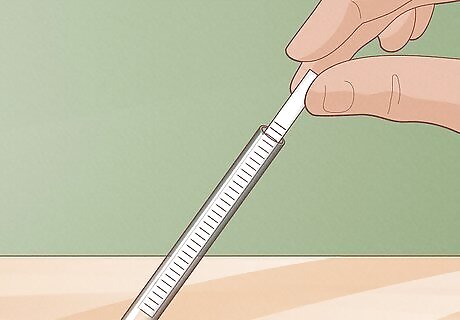
Insert the strip of paper into a glass tube. Use a tube roughly the size of a drinking straw. If you are doing this at home and do not have a glass tube, you can substitute the glass tube with a clear straw. A colored straw would make it difficult to read the markings on your paper.

Seal one end of the tubing. Melt wax or glue to secure the paper on one side of the tube. Then, use the glue or wax to make an airtight seal on that side of the tube. Leave the other end open.
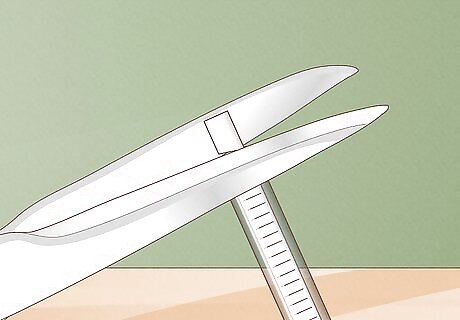
Cut any excess paper. The paper strip should be flush with the bottom of the tube. Use scissors to cut the strip. Be careful not to pull or tug on the strip or you might break it.
Calibrating the Hydrometer
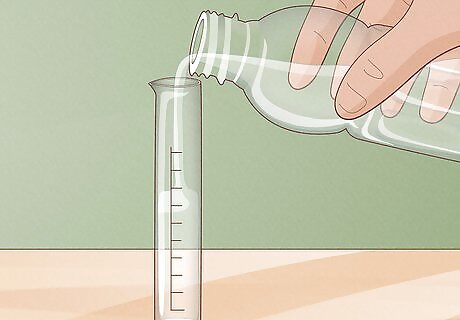
Add water to a graduated cylinder. It does not matter how much water you add to the cylinder. Roughly 100 milliliters (3 fl oz) will do fine. Make sure the water is as pure and free of contaminants as possible. Any clear bottle, such as a pop bottle, will work as well.
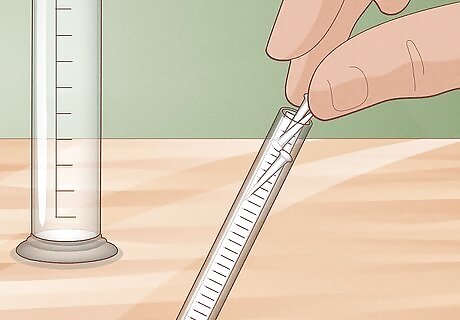
Add weight. Place 4-5 grams of metal in the tube. This will reduce the buoyancy of the tube enough for part of the tube to sink. This is necessary to use the instrument for measurements. One source of metal that is readily available is a small nail.
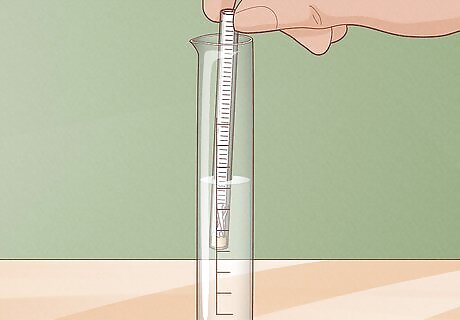
Insert the glass tube or straw into the water. The sealed side should go into the water first. Avoid getting water in the tubing. This will change the buoyancy of the tube and get your paper wet. You can change how much the tube sinks or floats by removing or adding weight (metal).
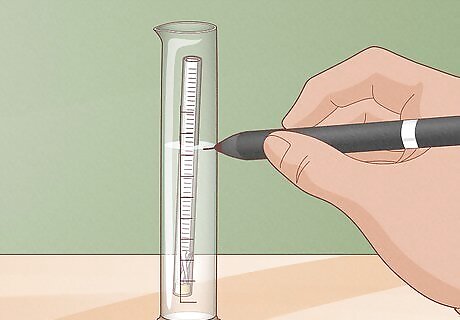
Mark the water level. Use a permanent marker to make a line on the side of your glass tube at exactly the level of the water. This will serve as a point of reference for the instrument and be designated as 1.0. This mark shows how far the tube sinks in a liquid that has the exact density of water.
Determining the Relative Density of Other Liquids
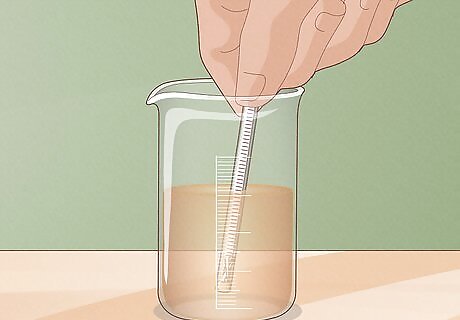
Submerge the hydrometer in liquid. Choose a liquid to test. Put roughly 100 milliliters (3 fl oz) into a beaker. Place the hydrometer into the beaker.

Mark the level of the liquid. Just as you marked the surface of the water level, make a mark to show how high the liquid in question comes on the hydrometer. You can tell a little about the relative density just by this initial mark. For example, if this mark is above the 1.0 mark, the liquid is less dense than water and if it is below the 1.0 mark it is denser than water. Less dense liquids will allow the tube to sink farther and more dense liquids will allow the tube to sink less, due to the Archimedes Principle, which states that the buoyant force of an object submerged in water is equal to the weight of the water that was displaced.

Derive the relative density. If you want a more specific relative density, you can derive it mathematically. Measure the distance from the bottom of the tube to the 1.0 mark and the distance to the new mark. Divide the distance of the 1.0 mark by the distance of the new mark. This will give you the relative density of the liquid to water. For example, if your 1.0 mark is 5 millimetres (0.20 in) from the bottom and your new mark is 4.5 millimetres (0.18 in) from the bottom, you would divide 5 by 4.5 (or 0.20 by 0.18, if using inches). This gives you a relative density of roughly 1.1. Your liquid is 1.1 times as dense as water. In the other direction, if your 1.0 mark is 5 millimetres (0.20 in) from the bottom and your new mark is 5.5 millimetres (0.22 in) from the bottom, you would divide 5 by 5.5 (or 0.20 by 0.22, if using inches). This gives you a relative density of roughly 0.9. Your liquid is 0.9 times as dense as water.




















Comments
0 comment